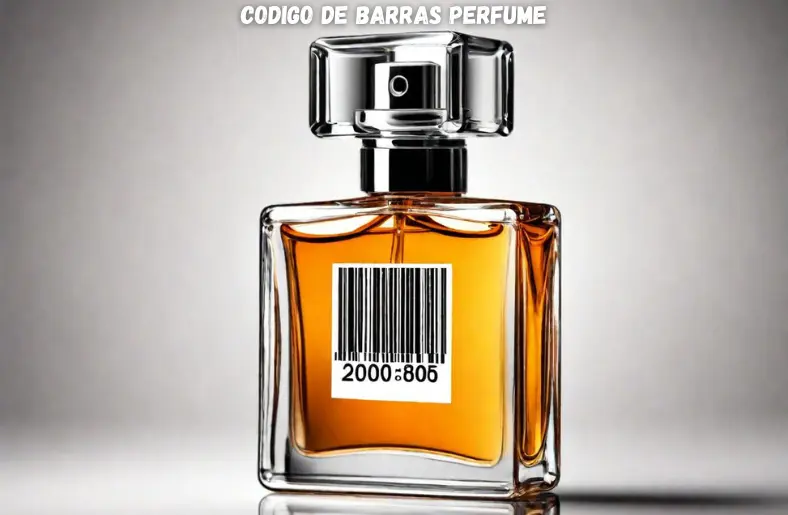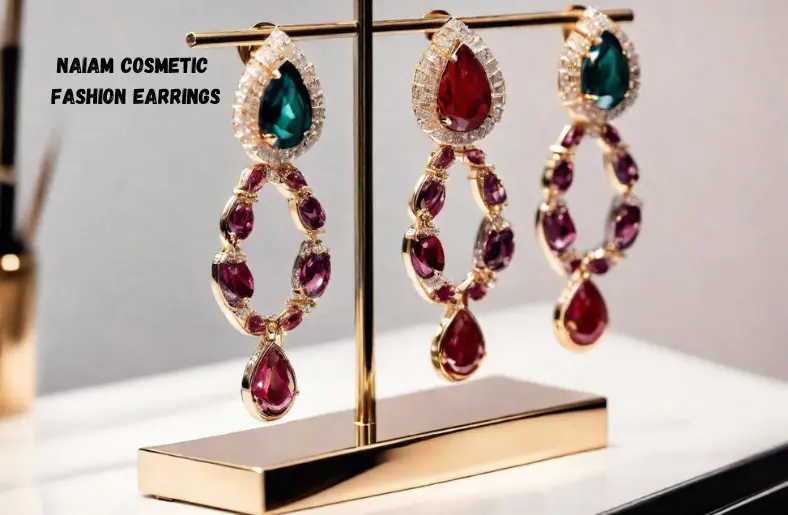Perfumes are more than just fragrances; they are a reflection of our personality and style. In this blog post, we’ll delve into the significance of the barcode, or “codigo de barras,” on perfume bottles and how it ensures the authenticity and quality of your favorite scents.
The Importance of Authentic Perfumes
Why does authenticity matter when it comes to perfumes? Authentic perfumes guarantee not only a superior fragrance experience but also your safety, as counterfeit products can contain harmful ingredients. Counterfeit perfumes often use low-quality materials that can cause skin irritations or allergic reactions. Authentic perfumes, on the other hand, are carefully crafted with high-quality ingredients to provide a safe and pleasant experience.
What is Codigo de Barras in Perfume?
A barcode is much more than a series of lines; it’s a gateway to essential information. The barcode, or codigo de barras, on a perfume bottle contains details about the product’s origin, manufacturer, and batch number. This unique code helps track and verify the authenticity of the perfume, ensuring that consumers receive genuine products.
Understanding Barcode Structure
How do these lines and numbers convey so much information? The anatomy of a barcode includes several segments, each representing specific information. The initial digits often indicate the country of origin and the manufacturer, while subsequent numbers detail the product type, size, and production date. By decoding these segments, you can unveil the story behind your favorite fragrance.
How to Use Barcode Scanners for Verification
Verifying the authenticity of a perfume is easier than you think. With the rise of smartphone technology, barcode scanner apps have become widely available and user-friendly. Simply download a barcode scanner app, open it, and point your phone’s camera at the barcode on the perfume bottle. The app will scan the code and provide you with detailed information about the product, including its manufacturer and batch number.
Decoding the Data: What to Look For
Once you’ve scanned the barcode, what should you check? Pay close attention to the manufacturer information, batch numbers, and production dates. Ensure that the manufacturer’s name matches the one on the packaging. Any discrepancies could indicate a counterfeit product. Similarly, the batch number should align with the manufacturer’s records. If the dates or details don’t match, you might be dealing with a fake perfume.
Examining Packaging and Labels
The barcode isn’t the only clue to a perfume’s authenticity. Examine the packaging and labels carefully. Authentic perfumes usually come in high-quality packaging with clear, precise printing. Check the logo for any irregularities and ensure that the font used matches the brand’s official font. Typos or missing information on the label can also be red flags indicating a counterfeit product.
Authentication Apps: An Extra Layer of Security
Some brands offer dedicated apps for verifying their products. These authentication apps provide an extra layer of security by allowing users to scan the barcode and connect directly to the brand’s database. The app will confirm the product’s legitimacy and provide additional details about the fragrance, such as its origin and production history. Using these apps can significantly enhance your confidence in the authenticity of the perfume you purchase.
The Role of Batch Codes and Production Dates
Batch codes hold key details about a perfume’s production history. These codes are crucial for determining the freshness and authenticity of a fragrance. By decoding batch codes, you can find out when and where the perfume was made. This information helps ensure that you’re buying a fresh product and not one that has been sitting on the shelf for too long.
The Consumer Experience: Enhancing Transparency and Trust
Barcode technology benefits consumers in multiple ways. It enhances transparency and trust by providing instant access to product reviews, ingredient lists, and more. This transparency empowers consumers to make informed purchasing decisions and builds loyalty towards brands that prioritize authenticity and quality.
The Future of Barcode Technology in Perfumes
What’s next for barcodes in the fragrance industry? Emerging technologies like QR codes and NFC tags promise to offer even more interactive and immersive experiences. These advancements could provide instant access to promotional content, virtual try-on experiences, and personalized fragrance recommendations, further enhancing the allure of buying a perfume.
Tips for Ensuring You Buy Authentic Perfumes
Avoid the pitfalls of counterfeit products with these practical tips:
- Buy from authorized retailers: Purchase perfumes from official brand stores or certified retailers to ensure authenticity.
- Check reviews: Look for reviews and feedback from other customers to gauge the reliability of the seller.
- Examine the packaging: Authentic perfumes come in high-quality packaging with no spelling mistakes or irregularities.
- Use barcode scanner apps: Always scan the barcode to verify the product’s authenticity.
Frequently Asked Questions
Still have questions? We’ve got answers:
- What is the barcode on perfume? The barcode, or codigo de barras, is a unique identifier that tracks and authenticates the product.
- How do I check my perfume code? Use a barcode scanner app to scan the barcode and access detailed product information.
- Can perfume batch codes be fake? Yes, counterfeit perfumes can have fake batch codes, so always verify the information provided by the barcode scanner.
Conclusion
The humble barcode is a powerful tool in the world of perfumery. Embrace the knowledge of decoding barcodes to ensure you enjoy genuine, high-quality fragrances every time you purchase. By understanding the significance of the codigo de barras on a perfume bottle, you can confidently navigate the fragrance market and make informed decisions that enhance your olfactory experience.
- International Barcodes Database: International Barcodes Database website





